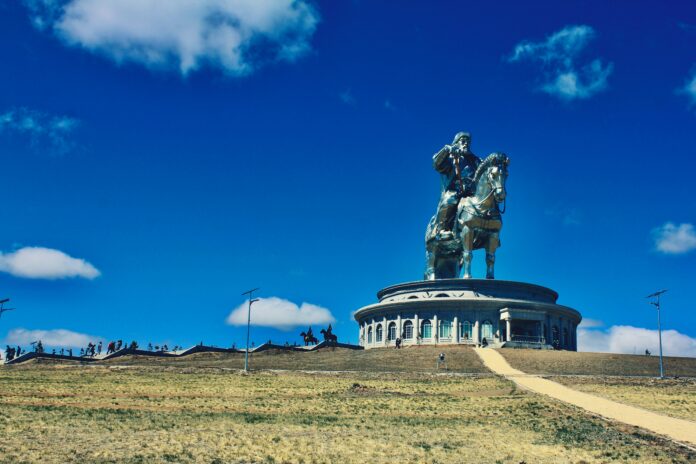Genghis Khan, the founder and Great Khan of the Mongol Empire, is a name that resonates through history. His military conquests and leadership transformed Asia and Europe during the 13th century. However, one of the most intriguing aspects of Genghis Khan’s legacy is not just his vast empire but the surprising genetic imprint he left on the world. It is estimated that around one in every 200 men alive today can trace their ancestry back to this legendary figure. In this article, we’ll delve into the fascinating story of Genghis Khan’s genetic legacy, the science behind it, and the implications it holds for our understanding of human history.
The Genetic Legacy of Genghis Khan
The astonishing revelation of Genghis Khan’s genetic legacy came to light in the early 21st century through the field of genetics. Researchers began to use Y-chromosome analysis to trace patrilineal descent, as the Y-chromosome is passed down from father to son with very little change. Through this analysis, scientists discovered a particular genetic marker, known as haplotype C3*, that is shared by an unusually large number of men across Asia.
The Origin of Haplotype C3*
Haplotype C3* was found to be most prevalent in areas that were once part of the Mongol Empire, suggesting a direct link to Genghis Khan’s lineage. Researchers believe that this genetic marker originated from a single individual who lived approximately 1,000 years ago, which corresponds to the time of Genghis Khan’s rule. Given the historical accounts of Genghis Khan’s numerous wives and children, it is plausible that this genetic marker spread so widely due to the prolific reproduction of his male descendants.
The Spread of Genghis Khan’s Genetic Legacy
As Genghis Khan’s empire expanded across Asia and into Europe, his descendants played pivotal roles in various regions. These descendants, often holding positions of power and influence, contributed to the genetic legacy of Genghis Khan through their many offspring. Over generations, this genetic marker has been passed down from father to son, spreading far beyond the borders of the Mongol Empire.
The One in 200 Statistic
To arrive at the estimate that one in every 200 men alive today is a direct descendant of Genghis Khan, researchers conducted extensive genetic studies and calculations. While the number may seem astonishingly high, it is important to remember that Genghis Khan’s lineage existed at a time when the world’s population was much smaller. His genetic legacy had more opportunities to spread widely through generations.
Implications for Understanding Human History
Genghis Khan’s genetic legacy is not merely a curious historical tidbit; it has profound implications for our understanding of human history and population genetics. Firstly, it underscores the significant impact of a single individual on the genetic makeup of a large population. Genghis Khan’s conquests and his descendants’ prolific reproduction demonstrate the power of historical figures to shape the genetic landscape.
Secondly, this genetic legacy provides insights into the movements and interactions of ancient populations. The prevalence of haplotype C3* in regions once part of the Mongol Empire offers clues about the historical migration patterns of Genghis Khan’s descendants.
Lastly, the research into Genghis Khan’s genetic legacy reminds us of the interconnectedness of humanity. Despite the vast distances and cultural differences that separate us, genetics can trace our common ancestry back to individuals like Genghis Khan, highlighting our shared human heritage.
Around one in every 200 men alive today carries the genetic legacy of Genghis Khan, a testament to the enduring impact of one of history’s most influential leaders. This revelation, made possible by advances in genetics, provides valuable insights into human history, migration patterns, and the way individuals can shape the genetic diversity of future generations. Genghis Khan’s legacy goes beyond his empire’s territorial conquests; it extends deep into the very DNA of a significant portion of the world’s population, connecting us to a shared past that continues to shape our present.
Photo by Jéan Béller on Unsplash
Views: 47






